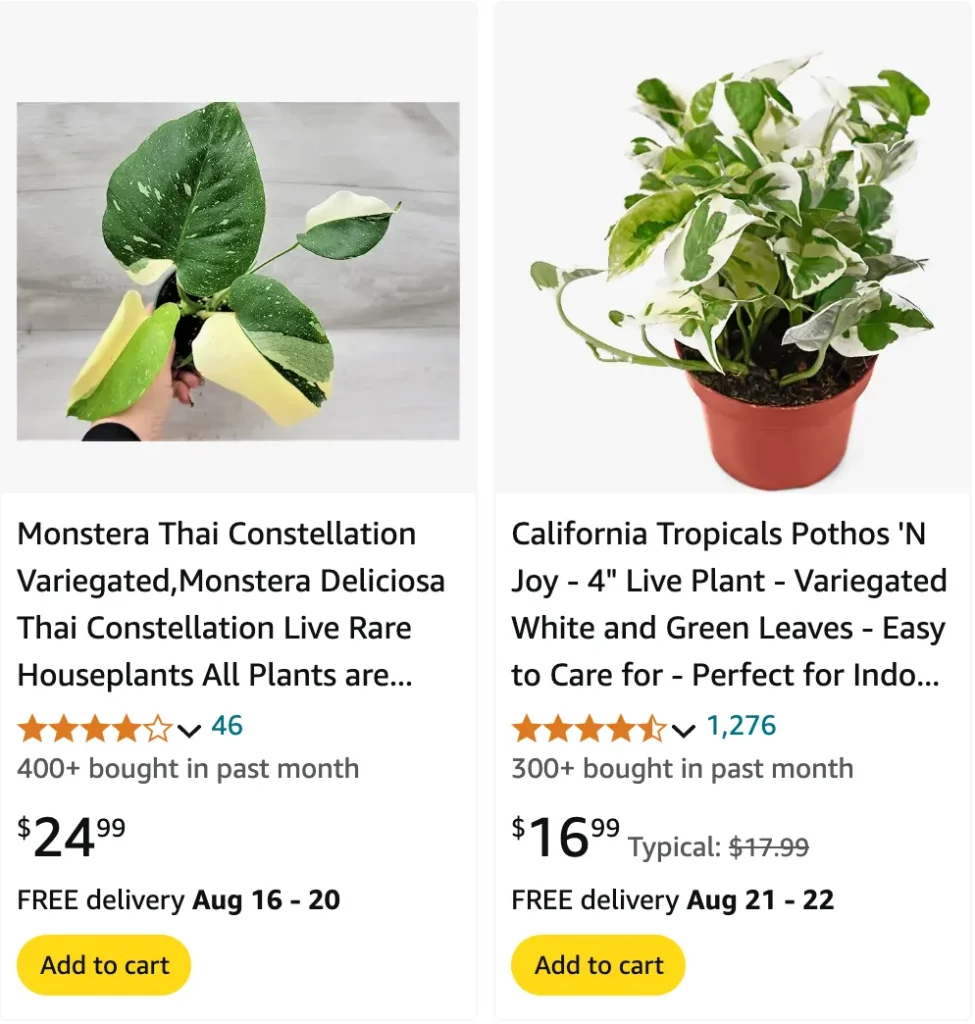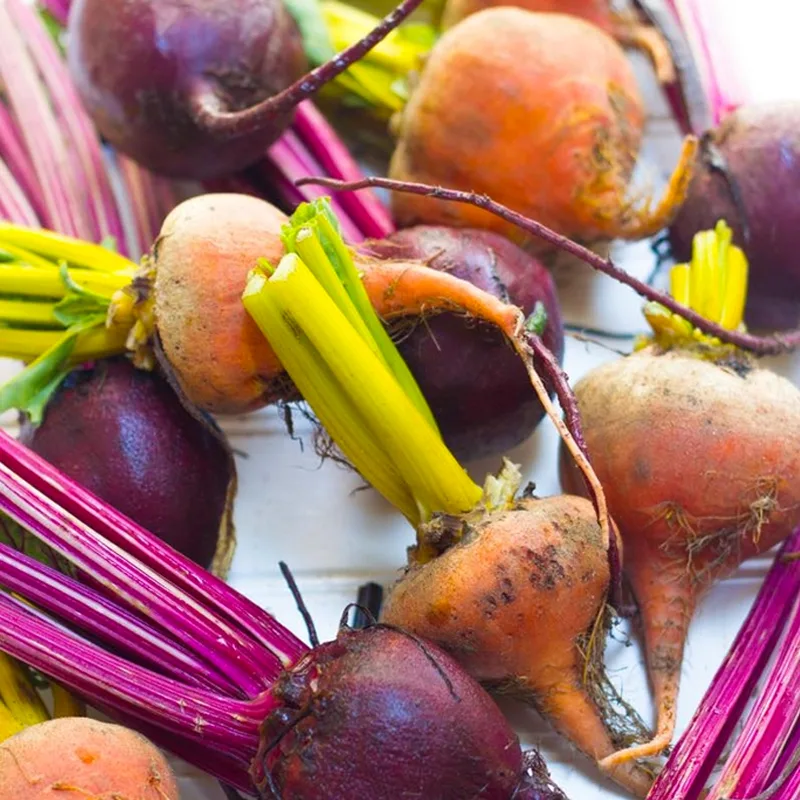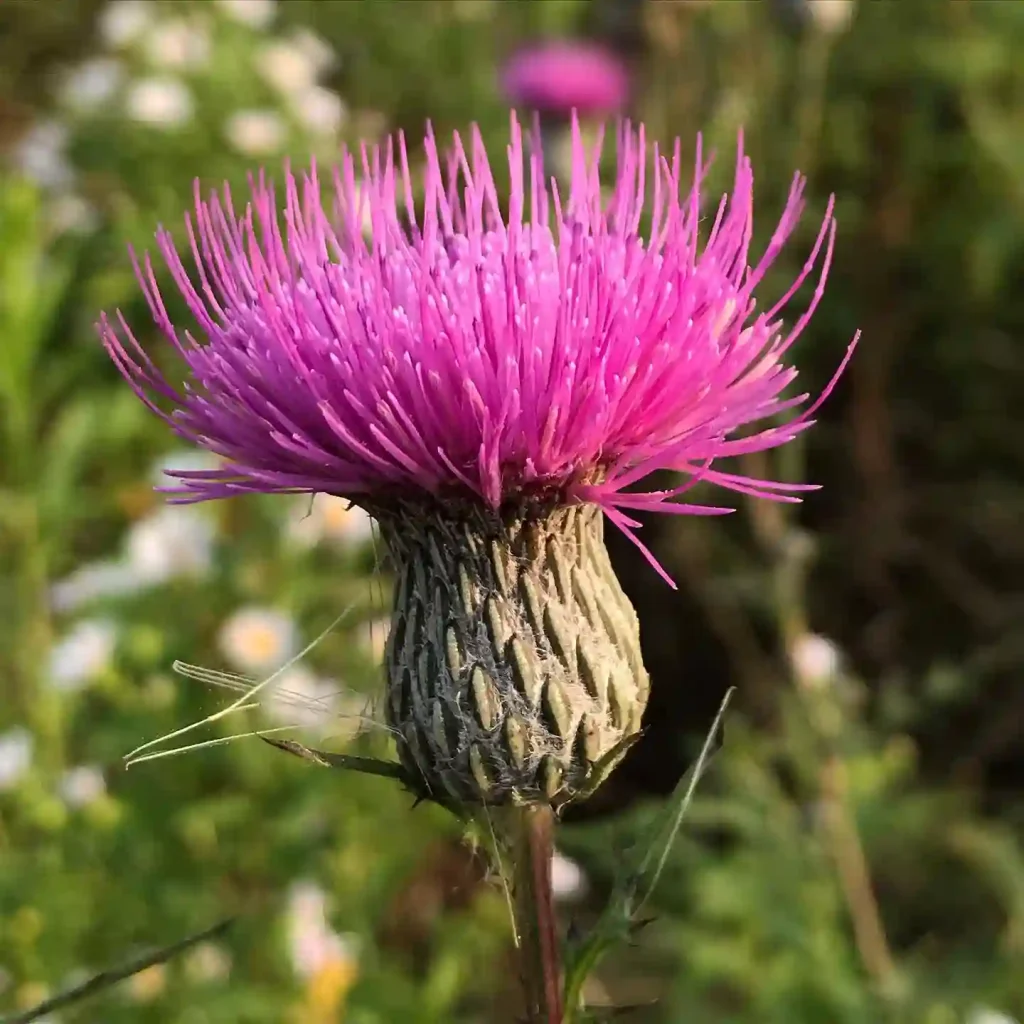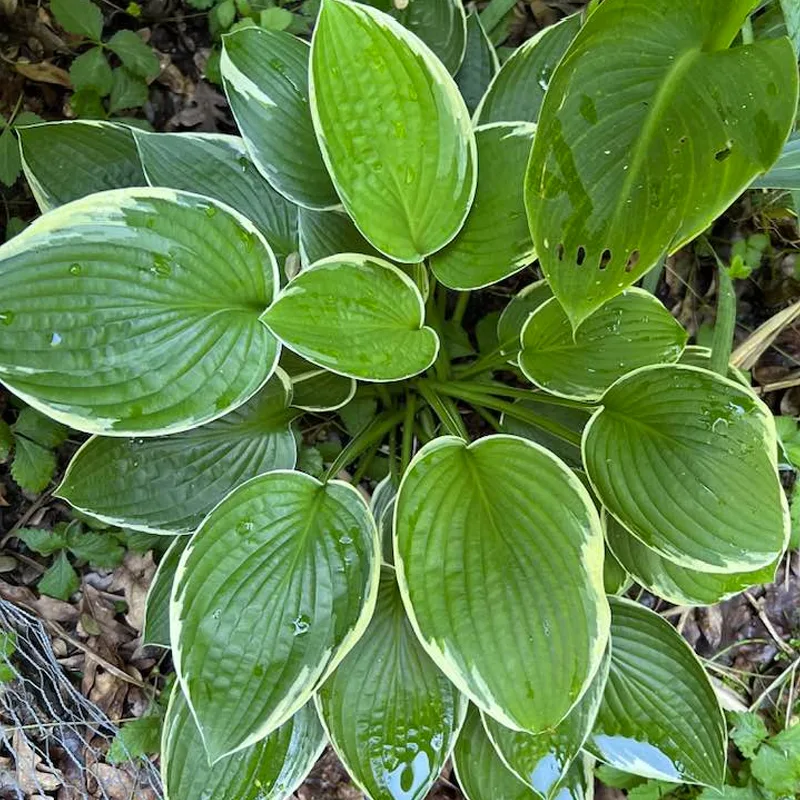
FAQs About Variegated Plants
I’ve always been fascinated by the unique beauty of Variegated Plants. The stunning patterns and colors can add an extra touch of elegance to any garden or indoor space. But as much as I love their appearance, I’ve found that there’s quite a bit of curiosity and confusion surrounding these plants. If you’re new to the world of Variegated Plants or just looking to deepen your understanding, here are some of the most common questions I’ve come across.
What is a Variegated Plant?
Simply put, a Variegated Plant is one that has more than one color in its leaves or stems. This variation usually occurs due to the presence of different pigments, such as chlorophyll and others, in varying amounts. Variegation can manifest in various patterns, including stripes, spots, or patches, and it can range from subtle to striking. I’ve noticed that the diversity in variegation often adds a lot of visual interest and can make even a common plant look extraordinary.
Do Variegated Plants Need More Light?
From my experience, Variegated Plants typically do need more light than their non-variegated counterparts. The lighter parts of the leaves often contain less chlorophyll, which means the plant might need to work harder to photosynthesize. Providing bright, indirect light can help maintain the variegation and overall health of the plant. I’ve found that placing them near a window or using grow lights can be beneficial.
Are Variegated Plants Natural?
Yes, Variegated Plants can be entirely natural. Many variegated plant varieties occur in the wild due to genetic mutations or environmental factors. However, not all variegated plants are naturally occurring; some are created through selective breeding or tissue culture in a controlled environment. Either way, the unique appearance of these plants is a result of fascinating natural processes or human intervention.
Are Variegated Plants Rare?
The rarity of Variegated Plants can vary widely. Some, like the Monstera Albo or certain types of Hoya, are considered quite rare and can be highly sought after by collectors. Others, especially those that are mass-produced or more commonly found, might be less rare. My experience has shown that while some variegated plants are rare and expensive, many are available with a bit of searching.
Can Variegated Plants Revert?
Yes, variegated plants can revert to their non-variegated form. This often happens if the plant is not receiving the proper care or if it’s stressed. Reversion typically occurs because the plant’s cells that produce the variegation are not as resilient or adaptable. To prevent this, I’ve learned that maintaining optimal conditions—like providing the right amount of light and nutrients—can help keep the plant’s variegation stable.
Can You Make a Plant Variegated?
Creating a variegated plant from scratch is quite challenging. While some methods, like grafting or using growth hormones, might encourage variegation in certain plants, these techniques are not foolproof and require a lot of expertise. For most enthusiasts, the best approach is to buy variegated plants or cuttings that already exhibit the desired traits.
How to Grow Variegated Plants?
Growing Variegated Plants involves similar care as their non-variegated counterparts, but with some added considerations. Ensure you provide the right amount of light, water, and nutrients. Regular monitoring for pests and diseases is also important, as stressed plants are more prone to issues. I’ve found that a well-draining soil mix and occasional feeding with a balanced fertilizer can keep these plants thriving.
How to Keep Variegation in Plants?
To maintain variegation, it’s crucial to provide consistent care. Proper lighting is essential, as insufficient light can cause variegation to fade. Regular pruning can also help by encouraging healthy growth. In my experience, maintaining a stable environment and avoiding sudden changes in care routines can help preserve the plant’s unique appearance.
What Fertilizer for Variegated Plants?
When it comes to fertilizing Variegated Plants, I’ve found that a balanced, water-soluble fertilizer works best. Look for one with an equal ratio of nitrogen, phosphorus, and potassium, like a 10-10-10 formula. This helps ensure the plant receives all the necessary nutrients to support both its variegated and overall growth. Avoid over-fertilizing, as this can lead to other issues.
How to Propagate Variegated Plants?
Propagating Variegated Plants can be a rewarding experience. Many can be propagated through cuttings, which is often the easiest method. Ensure that each cutting has at least one node with variegation and is kept in a suitable propagation medium. I’ve had good results with a mix of peat and perlite. Patience is key, as it might take a while for the new plant to establish itself.
Exploring the world of Variegated Plants has been a fascinating journey for me. Understanding their needs and characteristics helps me appreciate their beauty even more and ensures I provide the best care possible. Whether you’re a seasoned plant enthusiast or just starting, these tips should help you enjoy and maintain the vibrant charm of Variegated Plants in your collection.
If i die, water my plants!



